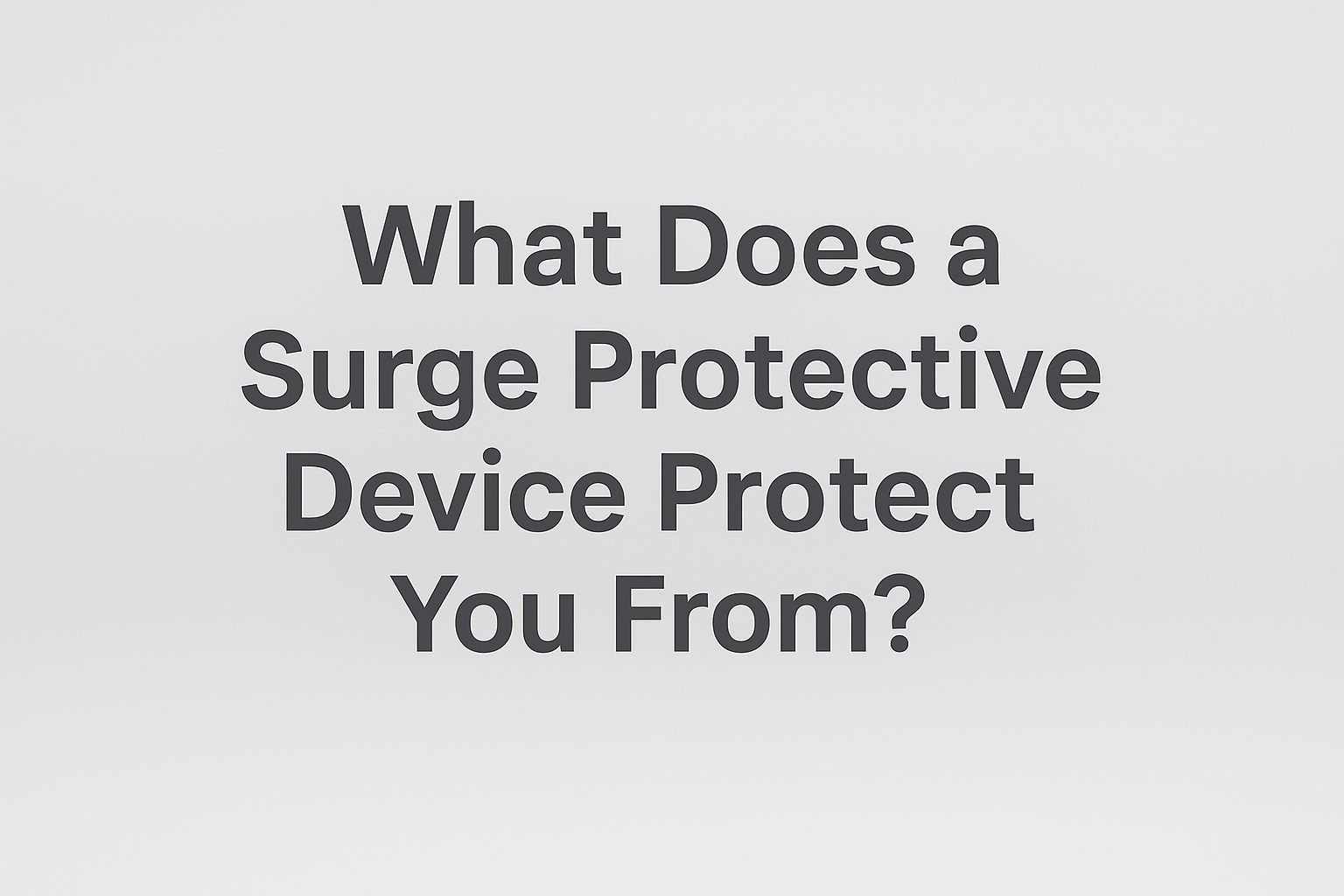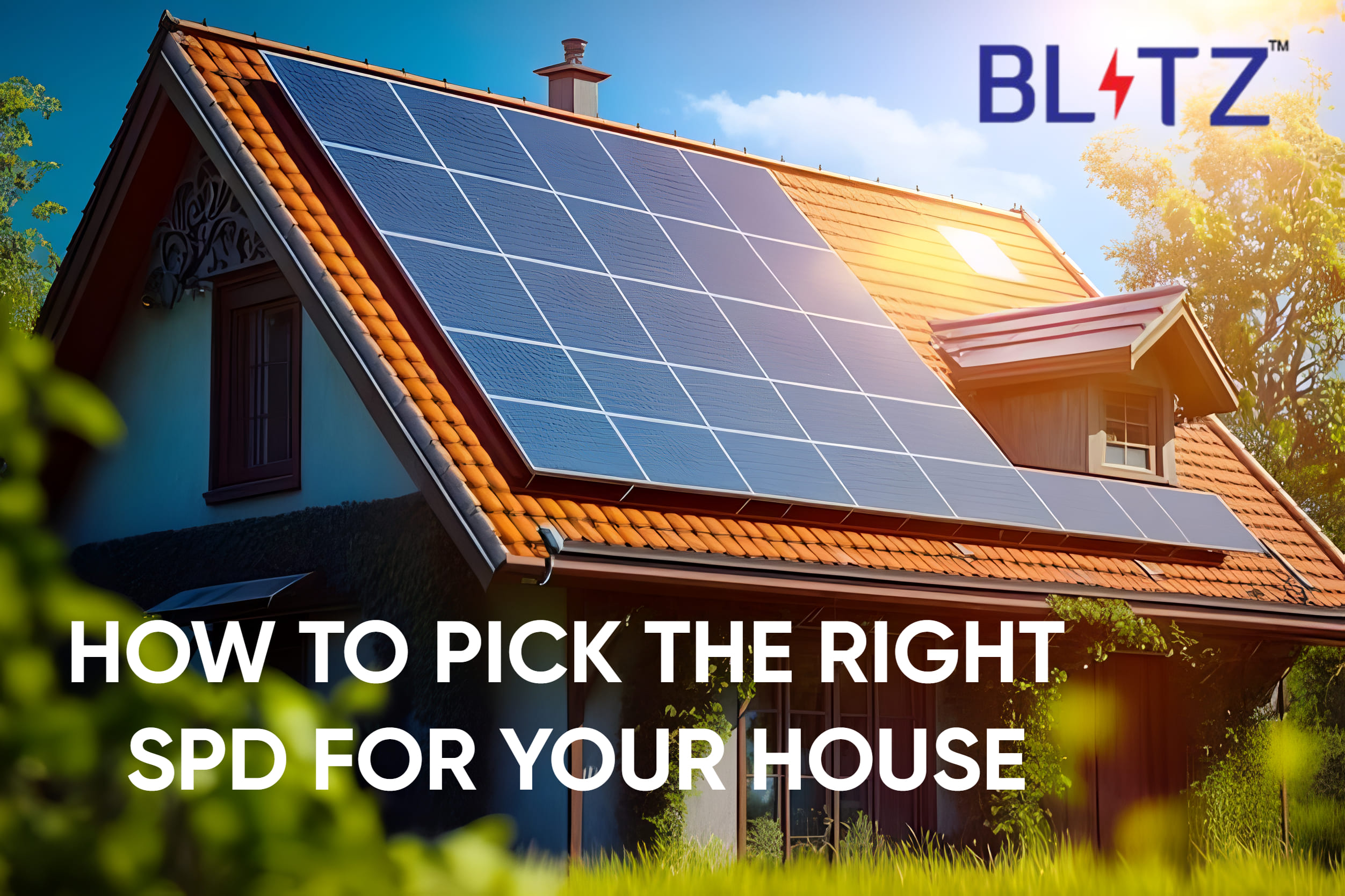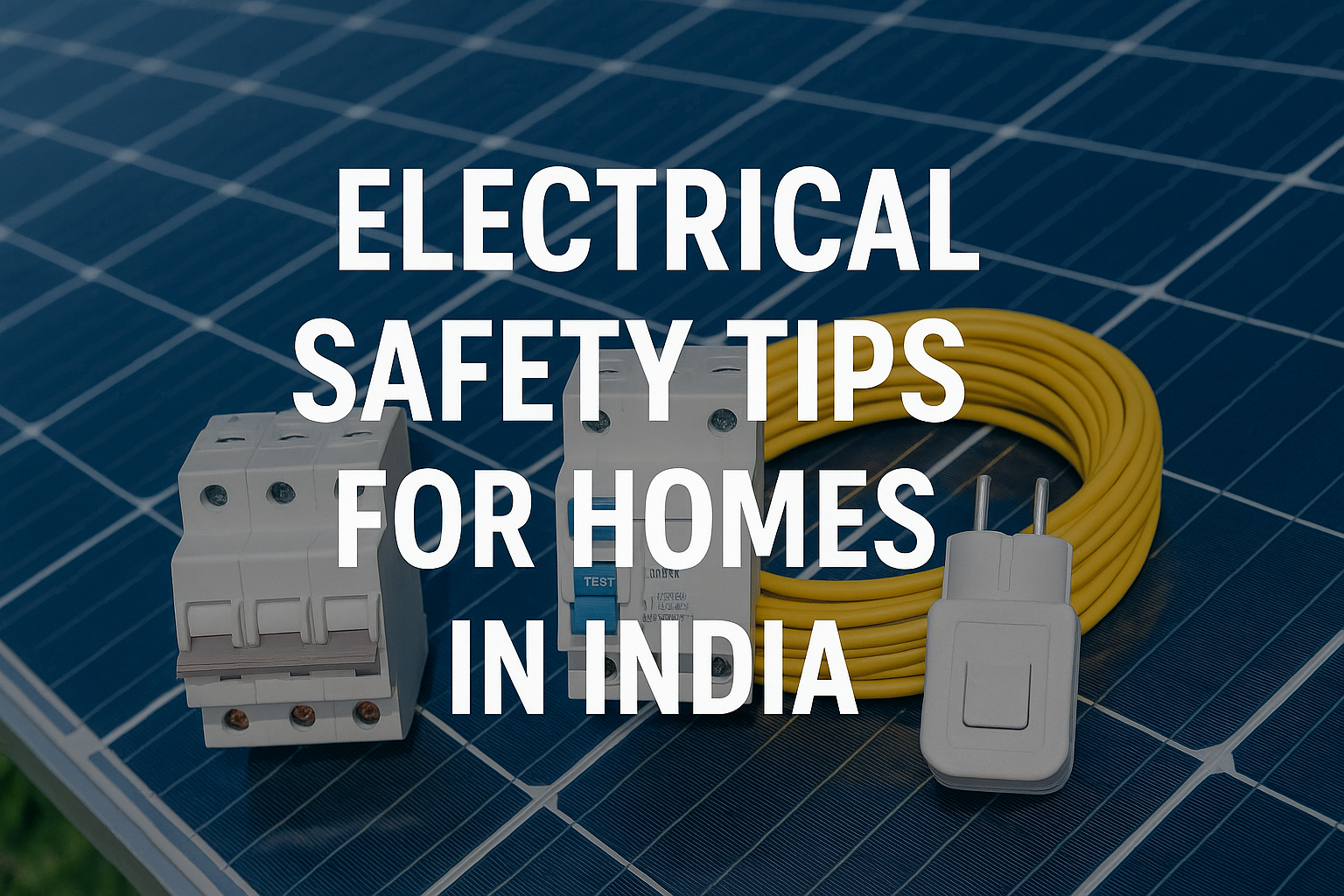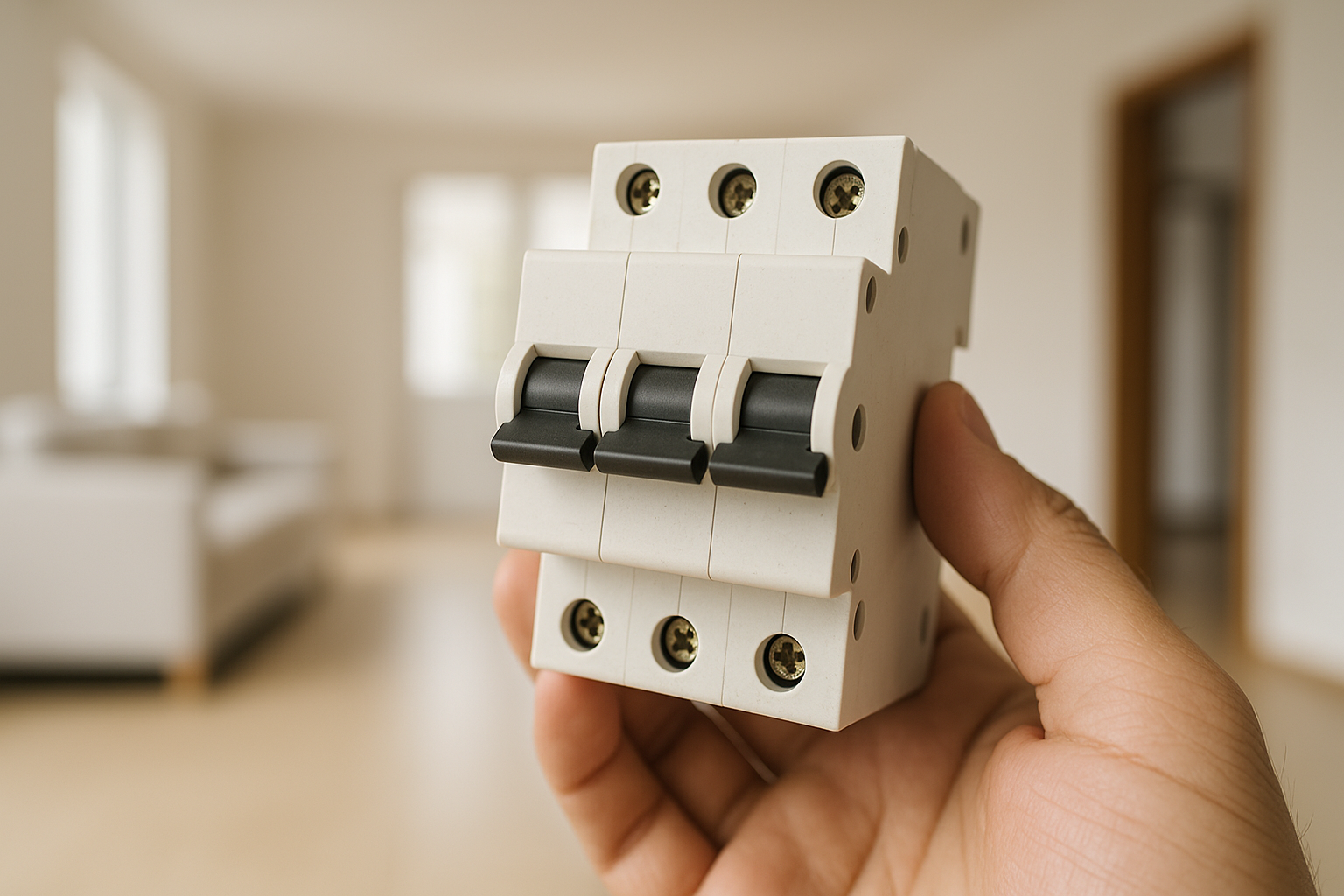
What is a DC Surge Protection Device?
With widespread solar energy and the rise of DC powered devices, protecting your precious equipment from surges is of the utmost importance.....
What Does a Surge Protective Device Protect You From?
Your Electronics Deserve a Safety Net
Ever seen your lights flicker during a thunderstorm or your appliances trip without warning? That sudden zap, that eerie hum, or that moment when your Wi-Fi router resets itself — it’s not a ghost. It’s likely a power surge. And while it may seem harmless, these invisible jolts can slowly (or suddenly) ruin your devices. That’s where a Surge Protective Device (SPD) comes in — your unsung home hero.
In this article, we’ll walk you through what a surge protective device protects against, how it works, the types of surges in electrical systems, and why every homeowner, office manager, or solar user should care.
Let’s break it down in the simplest, most relatable way — no jargon overload.
What Is a Surge Protective Device (SPD)?
Think of an SPD as a seatbelt for your electronics.
A Surge Protective Device is a small but powerful device installed in your home or solar setup that detects dangerous voltage spikes and diverts them safely to the ground before they can reach your appliances or equipment.
These spikes — called surges — happen more often than you think.
Without an SPD? To compare, that's like taking no safety measures at all while riding a roller coaster!
What does a surge protective device protect against?
1. Lightning-Induced Surges
Lightning is the king of voltage surges. An individual strike, even at a distance of kilometers, can cause a double spike of current in your electrical system.
Example: During monsoon storms and lightning storms in India, a lightning bolt can send thousands of volts of electricity travelling along power lines.
SPD functionality: it will identify the overvoltage and divert the voltage to ground.
Without an SPD: Your TV, fridge, inverter, or solar inverter could be fried in a microsecond.
2. Utility Switching Surges
Ever notice lights dimming when the power comes back? That’s not magic — it’s utility switching. When the grid switches lines or restores power after an outage, it causes a voltage transient (aka surge).
Example: When your local electricity board reconnects power after load-shedding.
SPD Role: Acts as a buffer to absorb and drain out the sudden voltage shift.
3. Electrical Problems and Grid Fluctuations
Transformer failures, downed power lines, or abrupt drops in current all create unpredictable surges into your house.
Example: A faulty neutral line sends unbalanced voltage across phases.
SPD Role: Shields sensitive electronics from damage by redirecting excess current.
4. Internal Surges from High-Powered Appliances
Every time your AC, fridge, and washing machine cycles on, it induces a little voltage variation. Over time, these internal surges take a toll on your appliance.
Example: The fridge's compressor kicks in and sends a mini-surge to devices that are nearby
SPD Role: Smooths out these micro-surges to prolong device life.
5. DC-Specific Surges in Solar and Battery Systems
Direct Current (DC) systems (found in solar panels, batteries, and inverters) can also experience lightning hits, a fault in the panel, or even the risk of an energy surge from back feed, unlike standard AC power.
Example: In sunny places like Gujarat or Kenya, solar systems without DC SPDs can fail prematurely due to storm surges.
SPD Role: DC SPDs are designed to handle these types of surges, ensuring your panels and battery remain protected.
What Happens Without an SPD?
- Fire Risk: Extreme surges can burn wires and cause electrical fires.
- Expensive Repairs: Burned TVs, laptops, routers, or solar inverters — all due to one unblocked surge.
- Shorter Lifespan: Devices silently wear down with repeated surges, failing earlier than expected.
Installing an SPD is like buying insurance — you won’t regret it until you need it.
Where and How Are SPDs Installed?
Homes: SPDs are found in the main distribution board. SPDs can be single-phase or three-phase depending on your power configuration.
Offices: SPDs are often layered: one main SPD at the panel, plus secondary SPDs on sensitive equipment like servers or computers.
Solar Installations:
- Use AC SPDs on the inverter’s output side.
- Use DC SPDs between the solar panel array and the inverter.
- Ensures both grid and solar-generated electricity is protected.
AC vs DC Surge Protection — What’s the Difference?
| Parameter | Definition |
|---|---|
| System Voltage (Vdc) | Align the SPD voltage rating with your system voltage (i.e., 600Vdc, 1000Vdc). |
| Short-Circuit Current | Ensure the SPD can withstand the fault current. |
| Response Time | Should be in the nanoseconds or microseconds time domain. |
| Nominal Discharge Current (In) | The current which the SPD can withstand without any damage to the surge protective device. |
| Material of the Housing | Material should be fire-resistant and UV-proof if installed outdoors. |
| Certification | Look for IEC 61643-31 or UL 1449. |
Tip: If you’ve got a solar system, you’ll likely need both AC and DC surge protection.
Real-World Example: Solar Homes in Storm-Prone Areas
Let’s say you live in Kerala, India — where monsoon lightning is common and solar power is rising.
Without a DC SPD, a single storm could:
- Damage your solar inverter
- Corrupt your battery system
- Force a costly panel replacement
With proper surge protection? Your system quietly rides out the storm — no drama, no damage.
FAQs
Conclusion
Surge events don't wait for permission — They hit a lot faster and harder than anyone can prepare for.
When it comes to protecting your larger electronic investment — whether you're working in a contemporary smart home, busy office or green solar equipment — Surge Protective Devices (SPDs) provide critical protection for your electronics and appliances.


